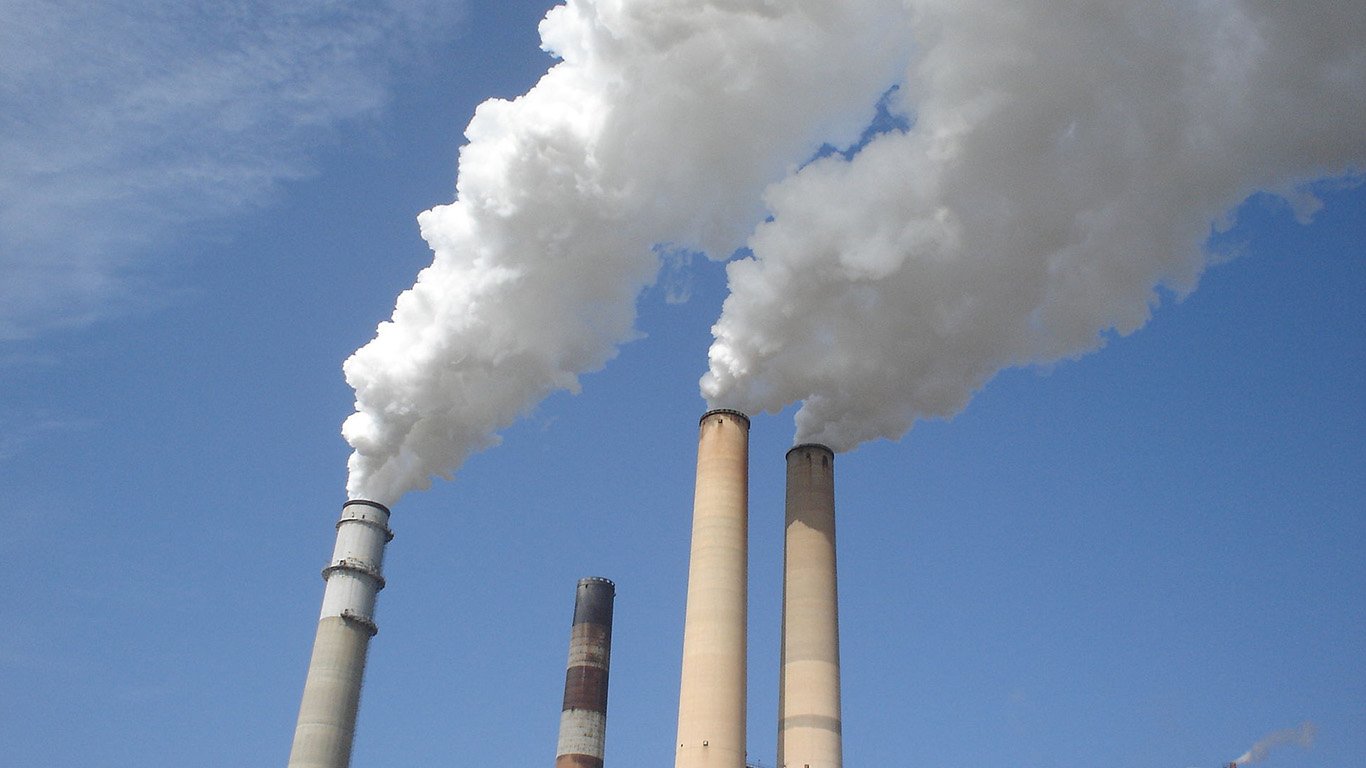

Republican Senator Lisa Murkowski of Alaska and Democratic Senator Joe Manchin of West Virginia on Thursday released a 550-page domestic energy bill called the American Energy Innovation Act (AEIA). The top-ranking members of the Senate Energy and Natural Resources Committee said the bill “will modernize domestic energy laws to ensure the United States remains a global energy leader while also strengthening national security, increasing our international competitiveness, and investing in clean energy technologies.” Note that clean energy investment and innovation are third on the list of the bill’s three aims.
The primary purpose of the bill, according to Murkowski, is “promote a range of emerging technologies that will help keep energy affordable even as it becomes cleaner and cleaner.” She also said it was the country’s best chance in more than a dozen years to modernize U.S. energy policy.
Manchin added, “[T]his bill will connect energy-producing communities, including in states like West Virginia and Alaska, to new markets and job opportunities while laying the groundwork for the Department of Energy to advance new and necessary critical emissions-reducing technologies.”
From a summary of the bill’s provisions, here’s how the AEIA will make energy cleaner: “Instead of costly mandates or tax increases, AEIA takes a technology-oriented but technology-neutral approach that will boost energy efficiency and lead to the development of a wide range of low and zero-emissions energy options.” This despite the fact that nearly every serious study of climate change considers a sizable carbon tax as a requirement for cutting carbon emissions and holding global warming at less than 2° Celsius.
In the parts of the bill that address renewable energy, incentives for new hydroelectric production and efficiency are extended through 2036. According to the U.S. Energy Information Administration, at the end of last year U.S. hydroelectric generation totaled 80 gigawatts (GW) while wind capacity totaled 193 GW. Only 2 GW of hydroelectric generation have been added in the past 10 years, while nearly 80 GW of wind generation has been added in the same period.
The bill also directs the Department of Energy to work on marine and hydrokinetic (wave) renewable energy projects. The National Hydropower Association has estimated that the total U.S. marine energy potential is around 90 GW. Right now, there are test sites only. How long will it take to reach that 90 GW of capacity? 10 years? 20?
The first wind farm in the United States was put into service in 1975. It took more than 40 years to reach 90 GW of wind capacity and most of that came in the past 10 years. While it’s true that every renewable GW is a good thing, marine energy is not a game-changer.
Geothermal energy gets a boost too. The bill requires the U.S. Geological Survey (USGS) to expand and enhance its assessments of geothermal resources and directs other government agencies to push for more geothermal generation. A 2008 USGS survey estimated total potential of 9 GW at already identified geothermal sites and up to 30 GW at still unidentified sites. As of last November, U.S. geothermal generation capacity totaled 2.5 GW, with nearly all in California and Nevada. Another 115 megawatts (MW) is expected to come online in 2020.
The bill directs the Energy Secretary to establish wind and solar technology programs through fiscal year 2025. That’s it.
More research and development (R&D) for battery storage and pumped hydro, both are included without a specific funding requirement.
Fossil fuel does considerably better than any renewable source. A new coal and natural gas technology program gets a new large-scale pilot project, presumably with funding attached. The bill claims that technological advances will “improve the efficiency, effectiveness, costs, and environmental performance of coal and natural gas use.”
Wind and solar already meet these goals, so why bother trying to put lipstick on a, well, loser? The technology also uses vast amounts of electricity to run the capture systems, significantly denting their energy efficiency.
If there is carbon capture technology that may have some long-term value it is in removing carbon that is already in the air, rather than capturing new emissions from burning more fossil fuels. So-called direct air capture (DAC) could cut the cost of limiting global warming to 1.5° or 2.0° C but would need to use about one quarter of the world’s generating capacity in 2100 to achieve that goal.
The heavy focus of the AEIA on investing in fossil fuels seems terribly misguided. Far better would be to invest more in technologies like wind and solar that already emit no carbon dioxide. There’s little political support or will for that, however. The fossil fuel producers have held power for a century. With such power at stake, count on the battle over carbon emissions to get both more costly and nastier.
New building efficiency programs, more investment in nuclear energy, and grid modernization are all included in the AEIA. It is better than nothing, just not good enough.
Sponsored: Want to Retire Early? Here’s a Great First Step
Want retirement to come a few years earlier than you’d planned? Orare you ready to retire now, but want an extra set of eyes on your finances?
Now you can speak with up to 3 financial experts in your area for FREE. By simply clicking here you can begin to match with financial professionals who can help you build your plan to retire early. And the best part? The first conversation with them is free.
Click here to match with up to 3 financial pros who would be excited to help you make financial decisions.
Thank you for reading! Have some feedback for us?
Contact the 24/7 Wall St. editorial team.


